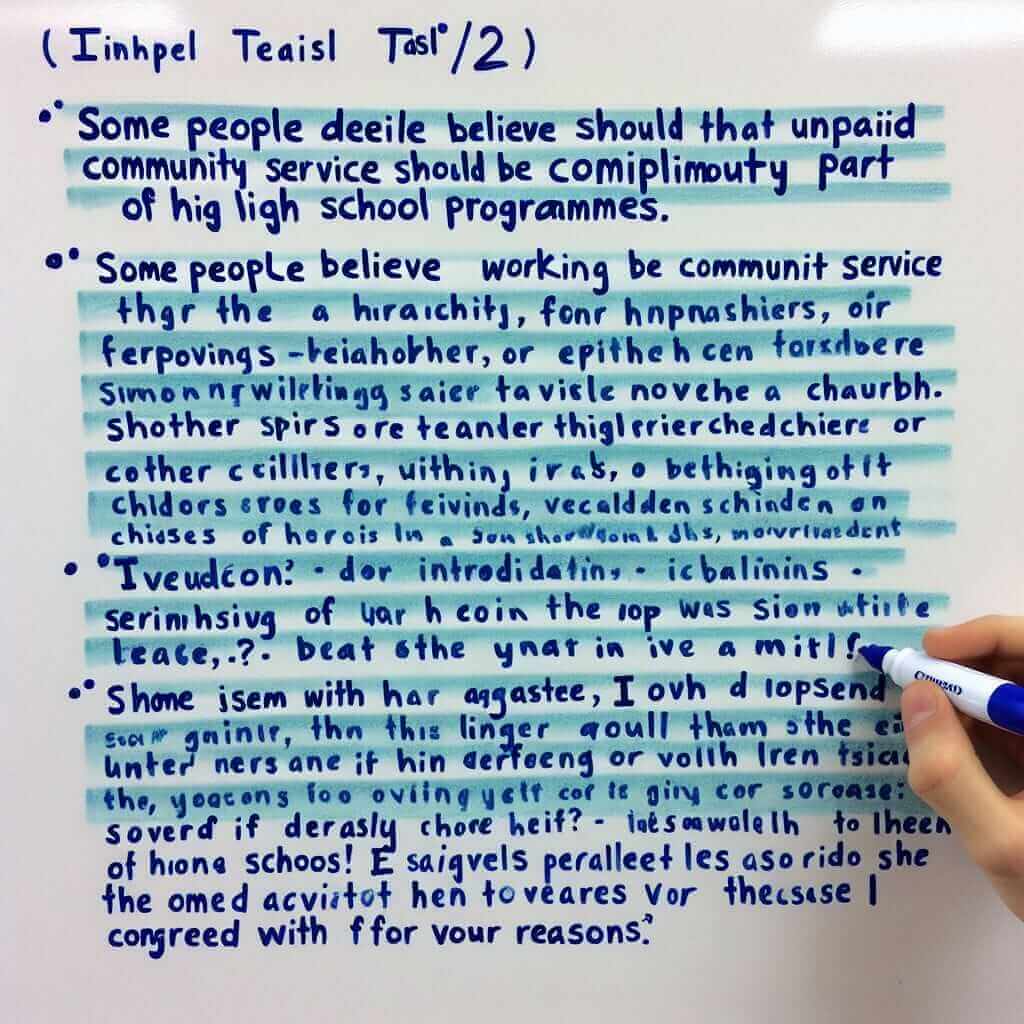The IELTS Writing Task 2, an academic essay, can be a daunting hurdle for many test-takers. While much emphasis is placed on crafting a strong introduction and body, the conclusion often gets overlooked. A well-written conclusion, however, is crucial to securing a high band score as it demonstrates your ability to effectively summarize your arguments and leave a lasting impression on the examiner.
Nội dung bài viết
The Importance of a Strong Conclusion
Many students mistakenly believe the conclusion is simply about restating the introduction. However, a strong conclusion does more than just reiterate your points; it offers a satisfying sense of closure and reinforces the overall message of your essay. It demonstrates your ability to synthesize information and present a clear and concise viewpoint.
Crafting a Powerful Conclusion
A successful conclusion in IELTS Writing Task 2 generally follows a simple yet effective structure. Here’s a step-by-step guide to help you write a conclusion that leaves a mark:
1. Summarize Main Points (Transition Phrase + Restatement of Thesis)
Begin your conclusion with a transition phrase like “In conclusion,” “To summarize,” or “To conclude.” Then, briefly reiterate the main arguments presented in your essay. However, avoid simply copying and pasting sentences from your introduction. Instead, paraphrase your thesis statement and main points using different words.
Example:
- Body Paragraph 1: Discusses the benefits of technology in education.
- Body Paragraph 2: Discusses the potential drawbacks of technology in education.
- Conclusion (Restatement): “In conclusion, while the integration of technology in classrooms presents undeniable advantages for both students and educators, it is crucial to address the potential negative impacts to ensure a balanced and effective learning environment.”
2. Offer a Final Thought or Recommendation (Optional)
Depending on the essay question, you might want to provide a final thought, a prediction, or a recommendation based on the arguments you’ve discussed. This is an opportunity to demonstrate critical thinking and leave a lasting impression on the reader.
Example:
- Essay Question: “Do the advantages of international tourism outweigh the disadvantages?”
- Conclusion (Recommendation): “To ensure the sustainability of both the tourism industry and the well-being of local communities, it is recommended that governments and stakeholders prioritize responsible tourism practices that minimize negative impacts while maximizing the economic and cultural benefits.”
3. Avoid Common Conclusion Mistakes
To ensure your conclusion is effective, steer clear of these common pitfalls:
- Introducing New Arguments: The conclusion is not the place to introduce new ideas. Doing so can confuse the reader and weaken your overall argument.
- Using Informal Language: Maintain a formal and academic tone throughout your essay, including the conclusion. Avoid colloquialisms, contractions, and personal opinions.
- Being Too Lengthy: A good conclusion is concise and to the point. Aim for a length of about 3-4 sentences.
Example Conclusion from an IELTS Essay
Question: Some people believe that the best way to improve public health is by increasing the number of sports facilities. Others, however, believe that other measures are required. Discuss both views and give your opinion.
Conclusion:
In conclusion, while increasing the availability of sports facilities can encourage physical activity, it is not a standalone solution for improving public health. Addressing other factors such as promoting healthy diets, raising health awareness, and ensuring access to affordable healthcare are equally crucial for creating a healthier society. A multifaceted approach that tackles both individual behaviors and systemic factors is essential for achieving substantial improvements in public health outcomes.
 IELTS Writing Task 2 Conclusion
IELTS Writing Task 2 Conclusion
Final Tips
- Allocate Time Wisely: Don’t neglect your conclusion due to time constraints. Aim to reserve at least 5 minutes to write a well-structured conclusion.
- Practice Makes Perfect: The more you practice writing conclusions, the easier it will become to write them effectively under pressure.
By following these tips and strategies, you can learn to write strong, impactful conclusions that enhance your IELTS Writing Task 2 essays and help you achieve your desired band score. Good luck!


